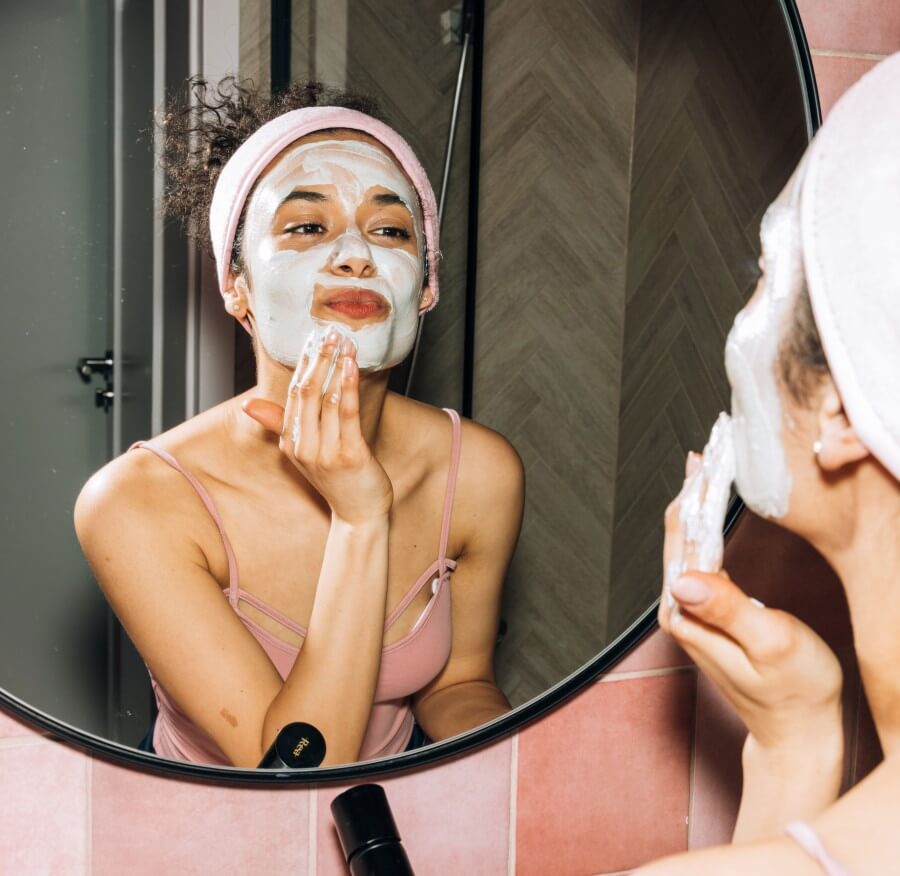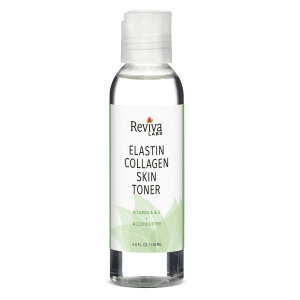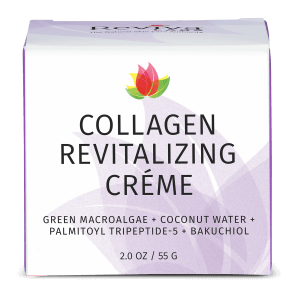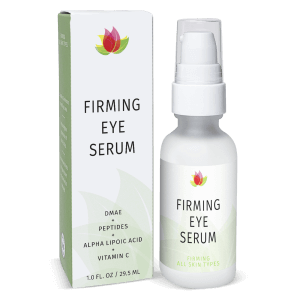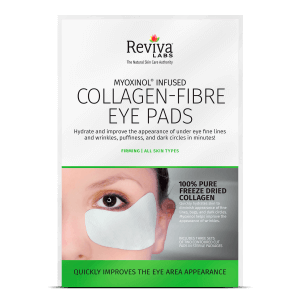Ingredients, Natural, Reviva Labs, Skin Care
Advice on How to Start a Daily Skincare Routine
Maintaining a consistent skincare routine can help to safeguard your skin’s health and preserve its youthful glow. However, with the explosion of skincare products and advice, understanding how to establish a daily skincare regimen can be overwhelming. This post will advise you on navigating the skincare landscape and help you tailor a routine to your skin’s unique needs.
Understanding Your Skin Type
The first step towards creating a skincare routine is understanding your skin type. Skin types can be generally categorized into normal, dry, oily, combination, and sensitive.
- Normal skin does not exhibit signs of dryness or oiliness. It generally appears clear, vibrant, and balanced.
- Dry skin can feel tight and may exhibit visible flaking. It often appears dull due to a lack of moisture.
- Oily skin often appears shiny and may feel slightly greasy to touch. This skin type is more prone to acne and blackheads due to the overproduction of sebum.
- Combination skin is characterized by a blend of both dry and oily areas. The T-zone (forehead, nose, and chin) is usually oily, while the cheeks may be dry.
- Sensitive skin may react adversely to skincare products or environmental changes, often resulting in redness, itching, and inflammation.
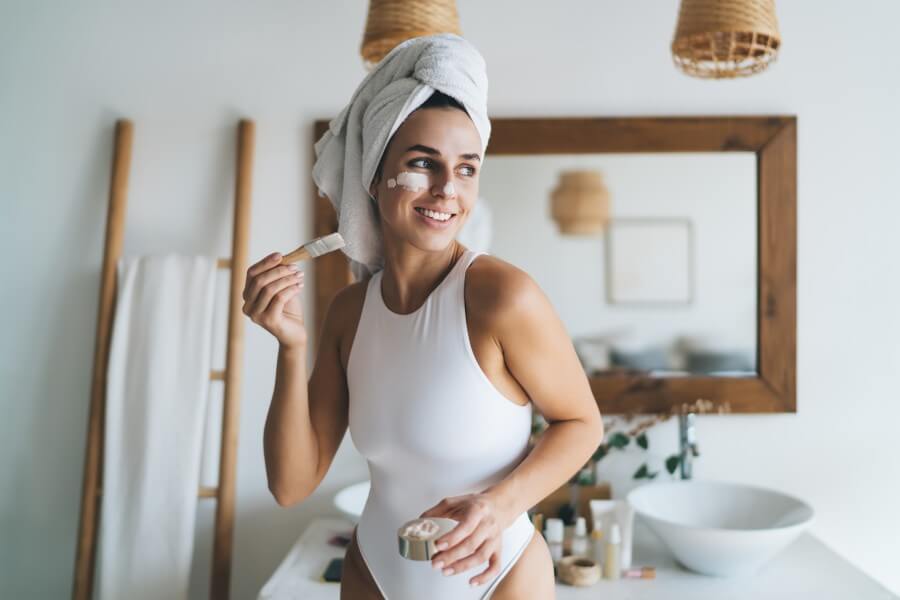

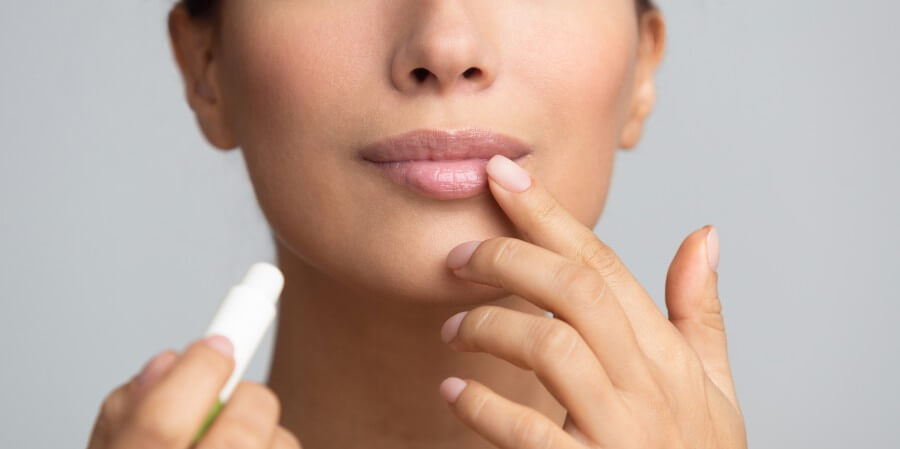
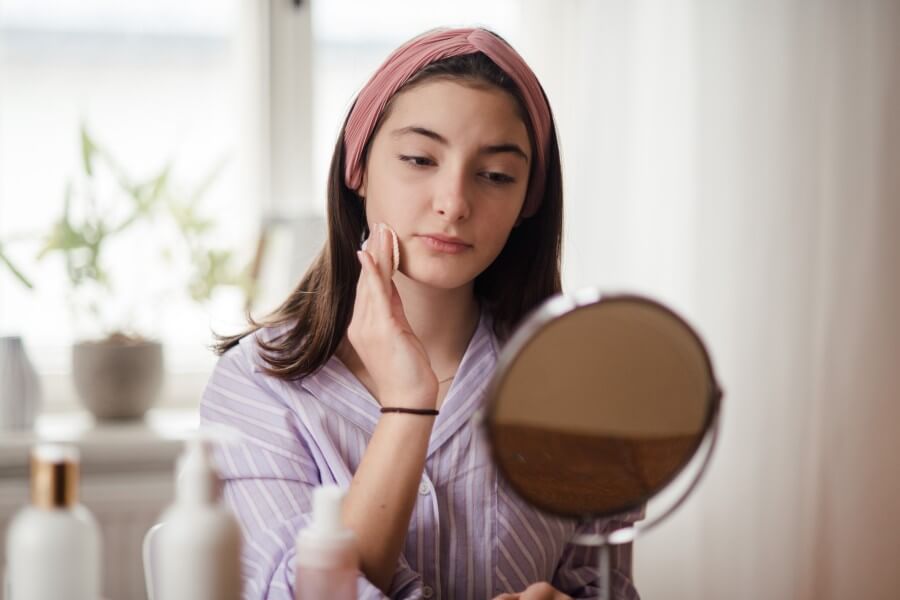
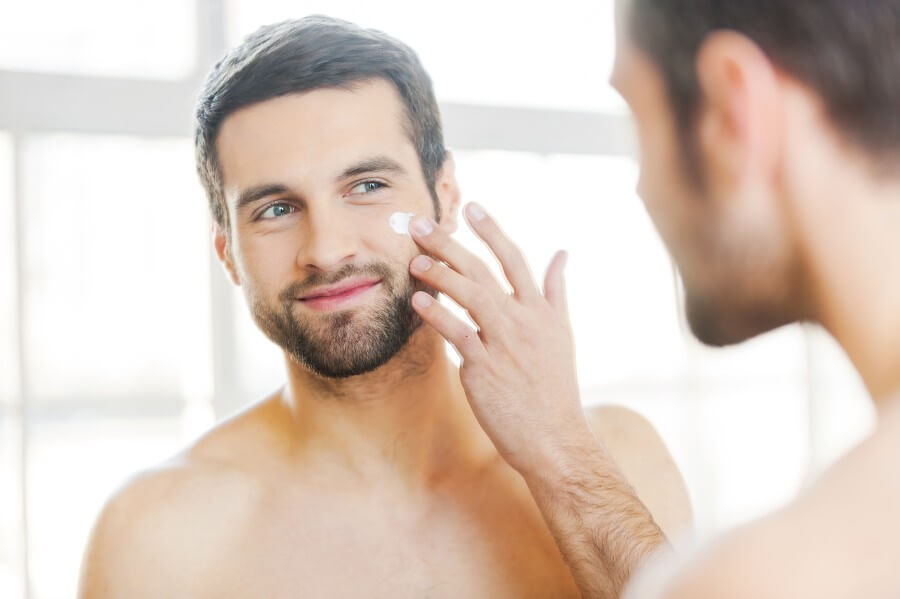
Creating Your Skincare Routine
Once you’re done identifying your skin type, you can start building your skincare regimen. A basic skincare routine should consist of three main steps: cleansing, treating, and moisturizing.
Cleansing
Cleansing is the first step in any skincare routine. It helps to remove dirt, oil, makeup, and other impurities from your skin, preparing it for the subsequent steps in your routine. The best cleanser for you should be gentle and not strip your skin of its natural oils.
Treating
After cleansing, the next step is to treat your skin with a serum or treatment product. This treatment phase is typically accomplished by using a serum or dedicated treatment product. These aren’t your average skincare products. They’re loaded with a mix of active ingredients in higher concentrations to target your primary skin concerns.
For instance, if you’re battling the signs of aging such as wrinkles and fine lines, there are serums specifically designed to combat these issues. They may contain ingredients like retinol, peptides, or vitamin C, which are known for their anti-aging properties.
Similarly, if hyperpigmentation is your concern, you can find serums packed with brightening agents like vitamin C, niacinamide, or kojic acid. These ingredients work to even out your skin tone, reduce dark spots, and give your skin a radiant glow.
On the other hand, if you’re grappling with acne, there are treatment products that can help. These often contain salicylic acid or benzoyl peroxide, which are known for their pimple-fighting prowess.
In essence, the treatment phase of your skincare routine is all about tailoring your routine to your skin’s unique needs. By selecting serums or treatment products that address your specific skin concerns, you’re able to provide your skin with targeted, effective care. This, in turn, can help you achieve the healthy, glowing complexion you desire.
Moisturizing
The final step in your routine should be moisturizing your skin. Regardless of your skin type, moisturizing is essential as it helps to hydrate, soften, and protect your skin. It also helps to lock in the benefits of the treatment products you’ve applied.
The foremost benefit of a moisturizer is hydration. It replenishes the skin with the necessary water content, thus preventing dryness and flakiness. The water content in the moisturizer also makes the skin appear plump and youthful.
A moisturizer also works to soften the skin. The emollients present in it smooth out the skin’s surface by filling in the spaces between skin cells. This leads to a noticeable improvement in skin texture, giving it a soft and supple feel.
Protection is another crucial benefit offered by a moisturizer. It creates a barrier on the skin’s surface, safeguarding it from environmental factors like wind, sun, and harmful pollutants. This protective shield also helps in minimizing the damage caused by these external factors.
Moreover, moisturizing your skin is not just about providing hydration and protection. It also plays a pivotal role in sealing in the benefits of the treatment products you’ve applied previously in your routine. By applying a moisturizer, you ensure that the potent ingredients of your serums and treatment products are locked in, thus boosting their effectiveness, and ensuring maximum absorption. Never underestimate the power of a good moisturizer in your skincare regimen.
The Best Order to Apply Skincare Products
To optimize the effectiveness of your skincare routine, it’s crucial to apply your products in the correct order. Here’s a general guideline:
- Cleanser
- Toner
- Serum or Treatment Product
- Eye Cream
- Moisturizer
- Sunscreen (for your morning routine)
Importance of Sun Protection
Wearing sunscreen daily is a non-negotiable part of any skincare routine. Regardless of the weather or season, sunscreen helps to protect your skin from harmful UV rays, which can cause premature aging and increase your risk of skin cancer.
Weekly Skincare Treatments
In addition to your daily skincare routine, incorporating weekly treatments like exfoliating and masking can provide your skin with an extra boost. These treatments can help address specific skin concerns and improve the overall health and appearance of your skin.
Nighttime Skincare Routine
Your nighttime skincare routine is an opportunity to treat your skin with ingredients that repair and rejuvenate while you sleep. This includes using a heavier moisturizer and products with active ingredients like retinol.
Maintaining Your Skincare Routine
Consistency is key when it comes to skincare. To see visible improvements in your skin, you must be diligent and patient with your routine. Remember, skincare is a journey, not a destination.
Customizing Your Skincare Routine Based on Age
As your skin progresses through different stages of life, it’s only natural that its needs will evolve. The complexion you had in your youthful days may not be the same as you age, and it’s crucial to recognize and adapt to these changes. Modifying your skincare routine is an essential part of catering to these shifts.
The skincare regimen that worked wonders in your twenties might not be as effective in your thirties, forties, or beyond. With age, the skin tends to lose its elasticity and moisture, and signs of aging like wrinkles and fine lines may appear. It’s critical, therefore, to adjust your skincare routine to incorporate products that address these age-related concerns, ensuring that your skin maintains its health and vitality.
Moreover, lifestyle changes, hormonal shifts, and environmental factors can also affect your skin. Adapting your skincare routine in response to these factors is just as important to maintain a radiant and youthful complexion.
Understanding and acknowledging the changing needs of your skin as you age is paramount. The key is to adjust your skincare routine, accordingly, ensuring that it’s equipped to cater to these changes and maintain the overall health and vibrancy of your skin.
When to Consult a Dermatologist
If you’re experiencing persistent skin issues or adverse reactions to skincare products, it’s best to consult with a dermatologist. They can provide accurate diagnoses and recommend a tailored treatment plan for your specific skin concerns.
In conclusion, establishing a daily skincare routine can greatly improve the health and appearance of your skin. Remember to understand your skin type, apply your products in the correct order, and prioritize sun protection. With a consistent and tailored skincare routine, you’re well on your way to achieving a radiant and youthful complexion.



